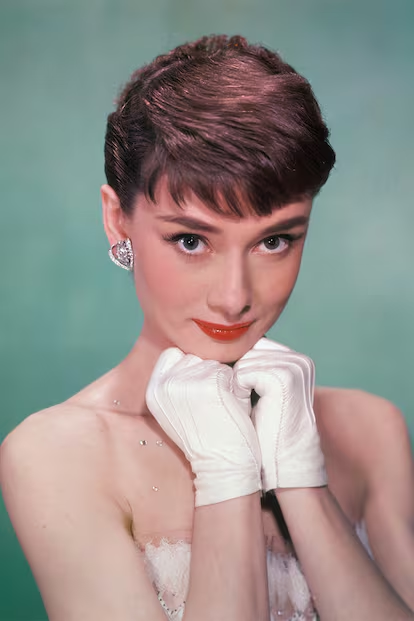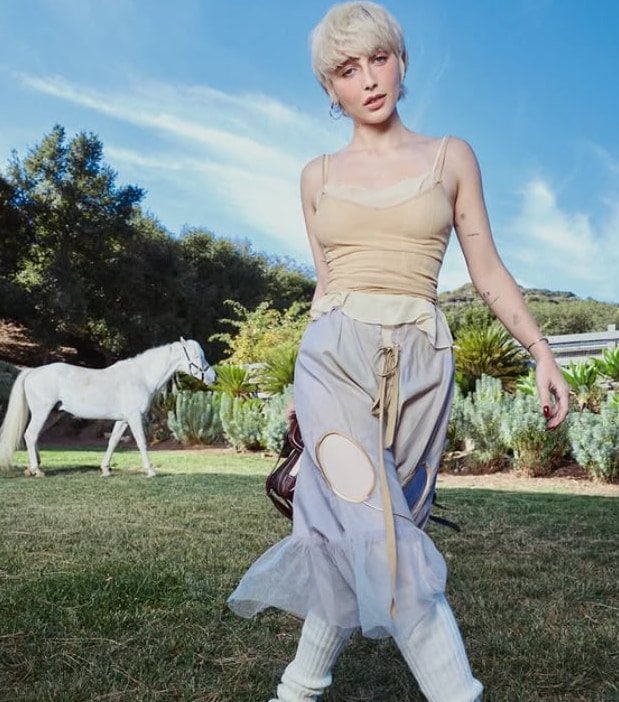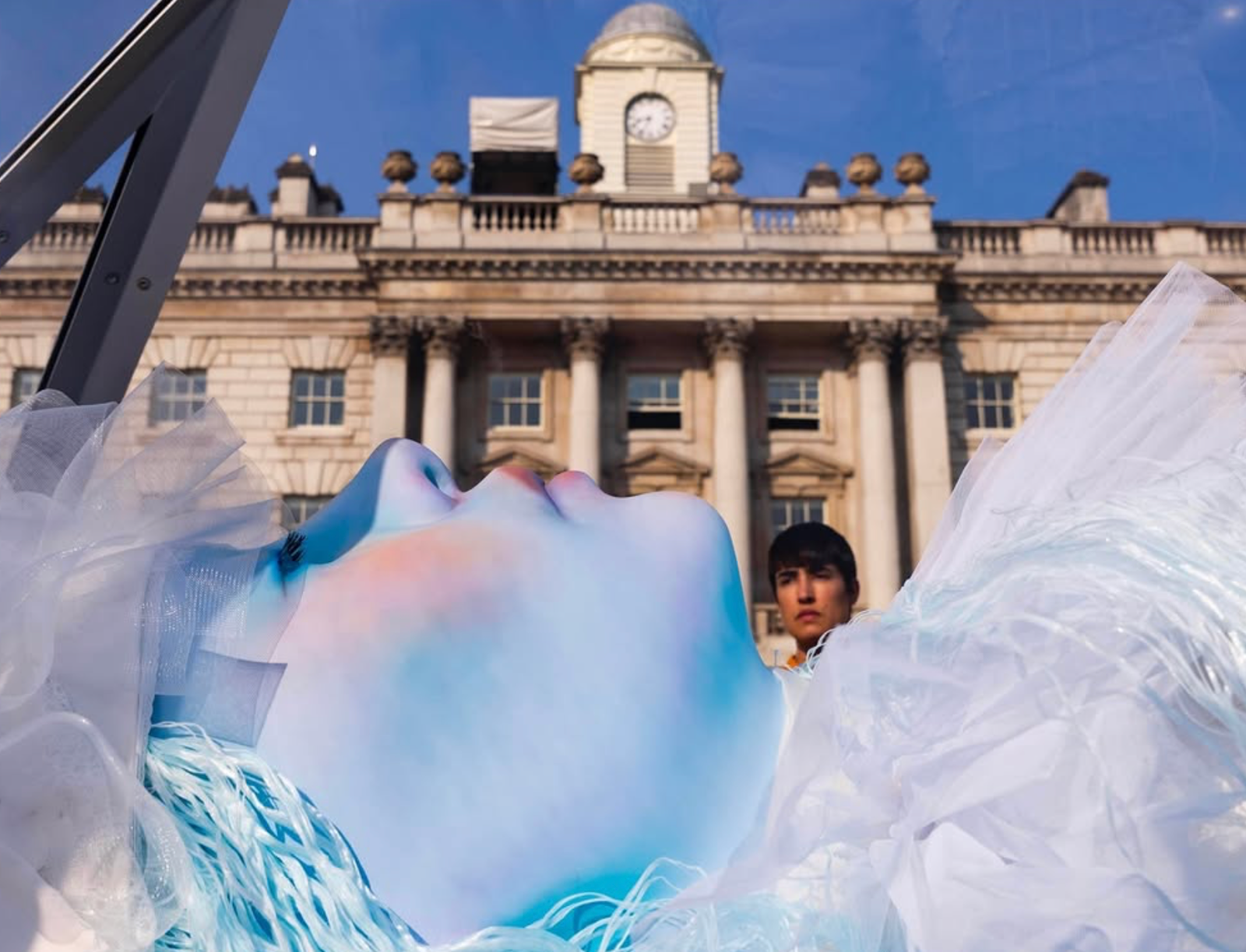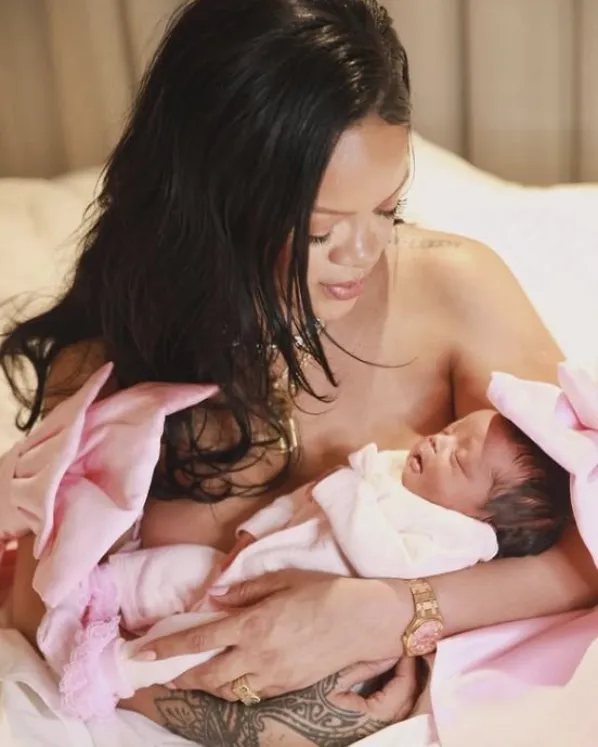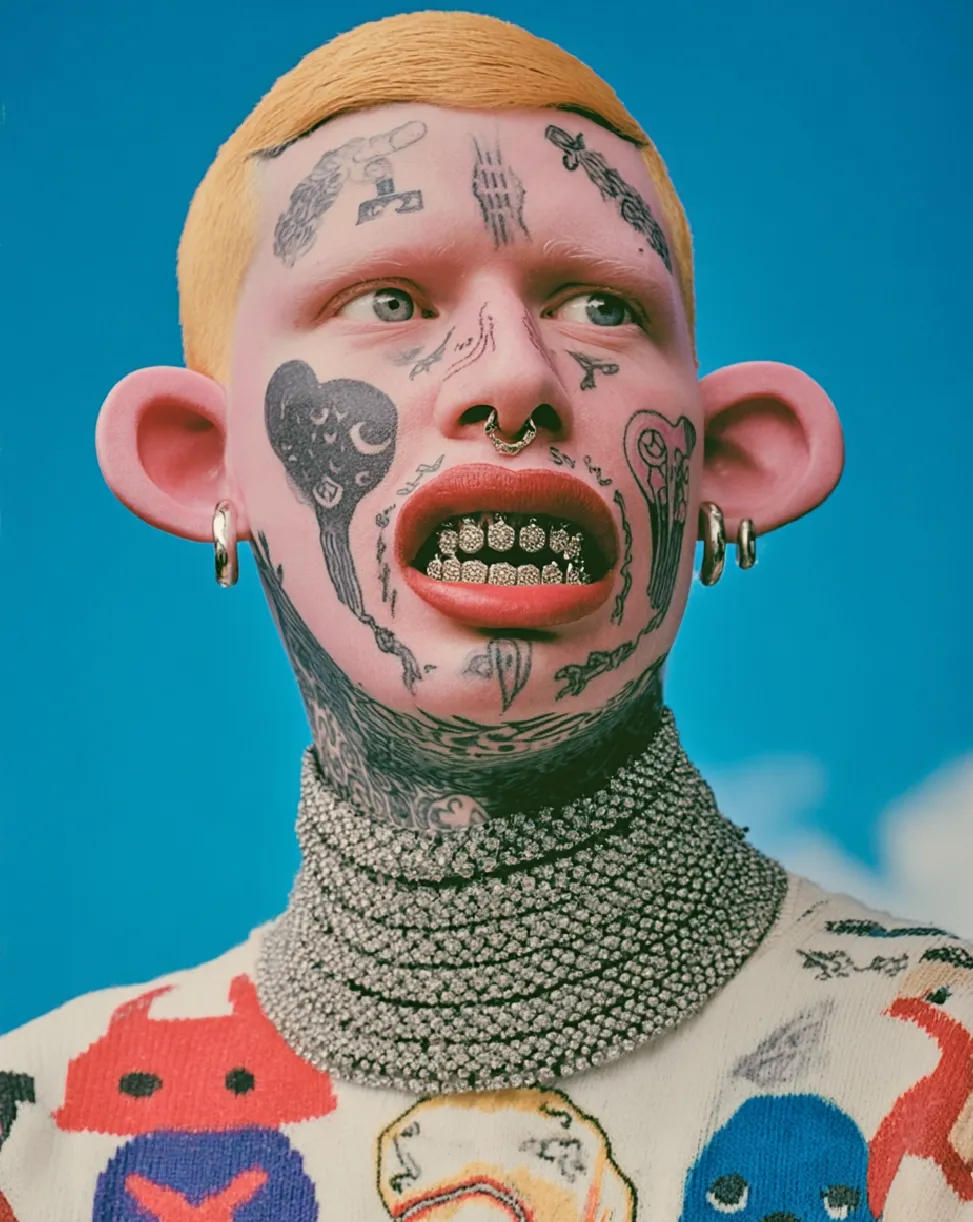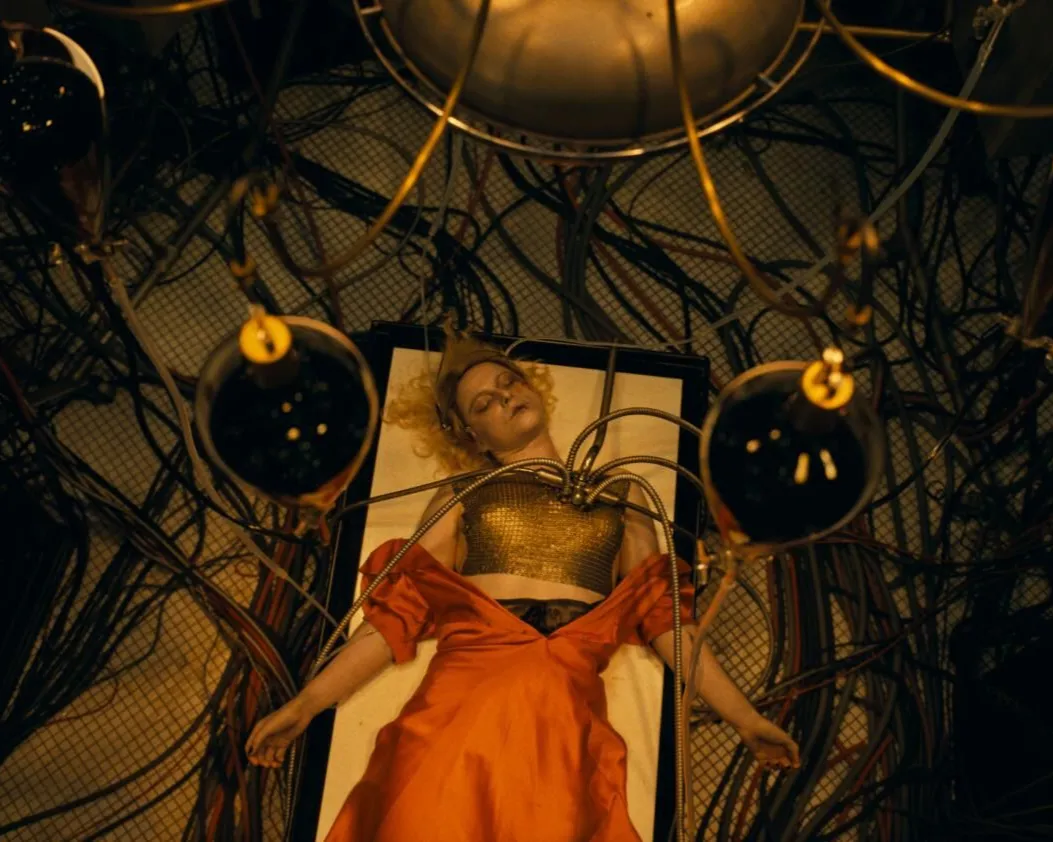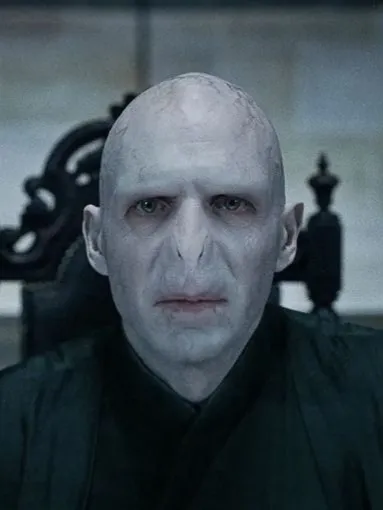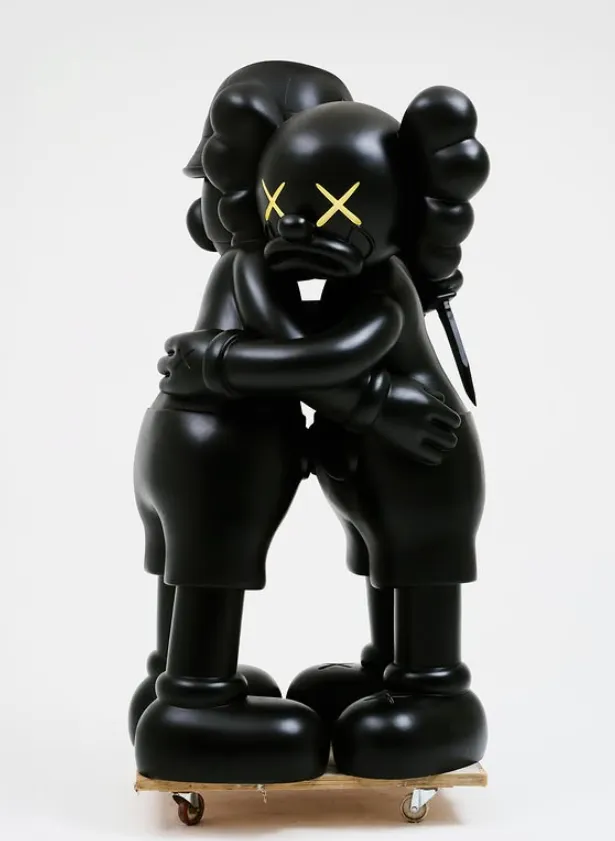Mia Goth doesn’t just walk onto set — she lands. From the moment she first appeared, her presence required attention: quiet yet unnerving, ethereal yet grounded, familiar but other-worldly. She built her early career within horror’s dark corridors — the “scream queen” label attached to her by genre-fans and press alike. But that label ever felt too small for what she was becoming.
With pieces like X (2022) and Pearl (2022) she morphed from victim into force, using horror’s palette to explore identity, agency and transformation. These roles didn’t define her — they unveiled her. And now, as she steps into larger canvases and multiplatform landscapes, the star-power feels less about recognition and more about command.
Horror’s shadows were once a home for Goth — but now she’s using those shadows as launchpads. The upcoming Frankenstein (2025) and other major projects signal she’s no longer a niche phenomenon: she’s company-leading level, auteur-approved, genre- transcending. The stakes have shifted, and so has her style.
Because alongside the films, there’s the fashion evolution: Gothic silhouettes, statement hair, ambiguous glamour — these visuals play as part of her narrative. She isn’t dressing to please the camera; she’s dressing to own the frame. The roles, the red carpets, the editorials — they all feed into one image: a performer who knows the darkness and yet won’t be defined by it.
Goth operates in contrast: vulnerability fused with power, wildness tempered by discipline, image made iconic without compromise. Her trajectory maps onto a generation that expects more from its stars: complexity, authenticity, transformation. She doesn’t trade one genre for another — she expands the definition of the genre itself.
For the fashion-informed reader, her presence is magnetic: a costume, a character, a creator. Her red-carpet looks aren’t just about dressing up; they’re about telling the next chapter of a story we still feel we’re discovering. The style speaks in structural tailoring, dark romanticism, metal-glint textures — and echoes the film roles that shaped her.
Mia Goth’s evolution signals something larger: in a culture saturated with celebrity, she remains elusive. She embraces myth rather than marketing, presence over promotion. And that feels radical. She shifts between being known and being iconic, between mainstream momentum and niche cult status — and in that limbo, she thrives.
She isn’t the actress who was once in horror — she’s the actress who is now redefining horror, genre and star-making all at once.
In that transformation, the “scream queen” label doesn’t fade away — it ascends. She rewrites it. She reclaims it. And in doing so, she invites us to watch: not just a career unfolding, but a figure in full metamorphosis.
Credit: miagoth_






